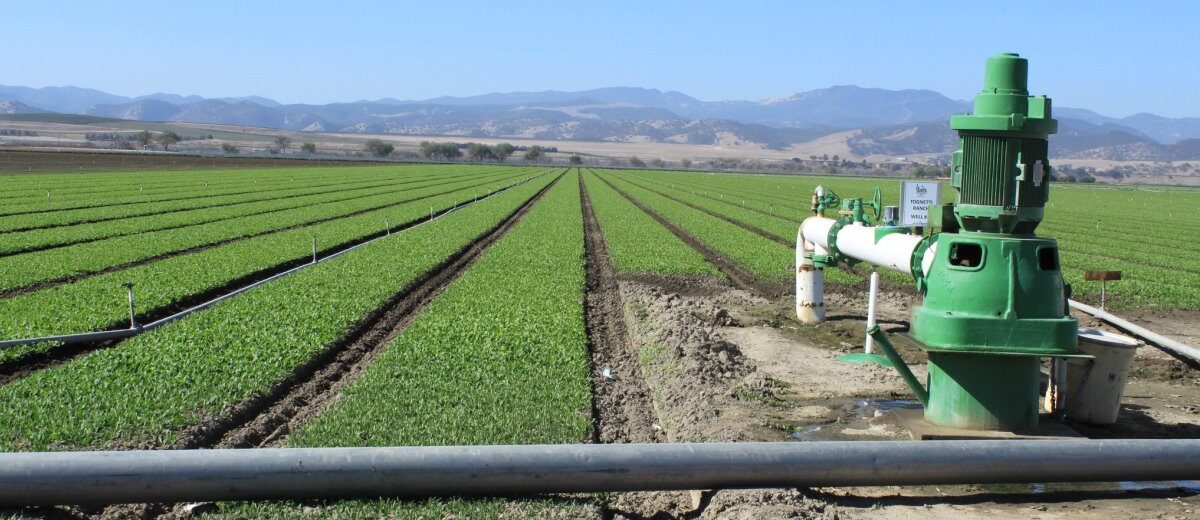As groundwater sustainability agencies prepare their plans to meet the requirements of the Sustainable Groundwater Management Act (SGMA), they will likely utilize a variety of tools to achieve sustainability. In many subbasins, groundwater overdraft conditions will require GSAs to impose reductions in pumping in order to achieve sustainable conditions in the subbasin. To do this, GSAs will need set a limit or “cap” on the overall amount of groundwater that is removed from the subbasin, assigning portions of this capped amount to groundwater pumpers in the form of a pumping allocation.
Making pumping allocation decisions will be a difficult task for GSAs, as it will require restricting access to groundwater resources upon which the agricultural community, cities and towns, and others depend. Adding further complexity to the task, SGMA explicitly states that it does not alter water rights, which means groundwater sustainability agencies have to carefully navigate between the confines of water rights and SGMA requirements in developing and implementing their groundwater sustainability plans.
At the 3rd annual Western Groundwater Congress, hosted online by the Groundwater Resources Association of California in September of 2020, Dr. William Blomquist, a Professor of Political Science and more at Indiana University-Purdue University Indianapolis, gave a presentation of ongoing research he is doing with Dr. Christina Babbitt, California Groundwater Manager at the Environmental Defense Fund looking at how other groundwater basins have developed groundwater allocations.

